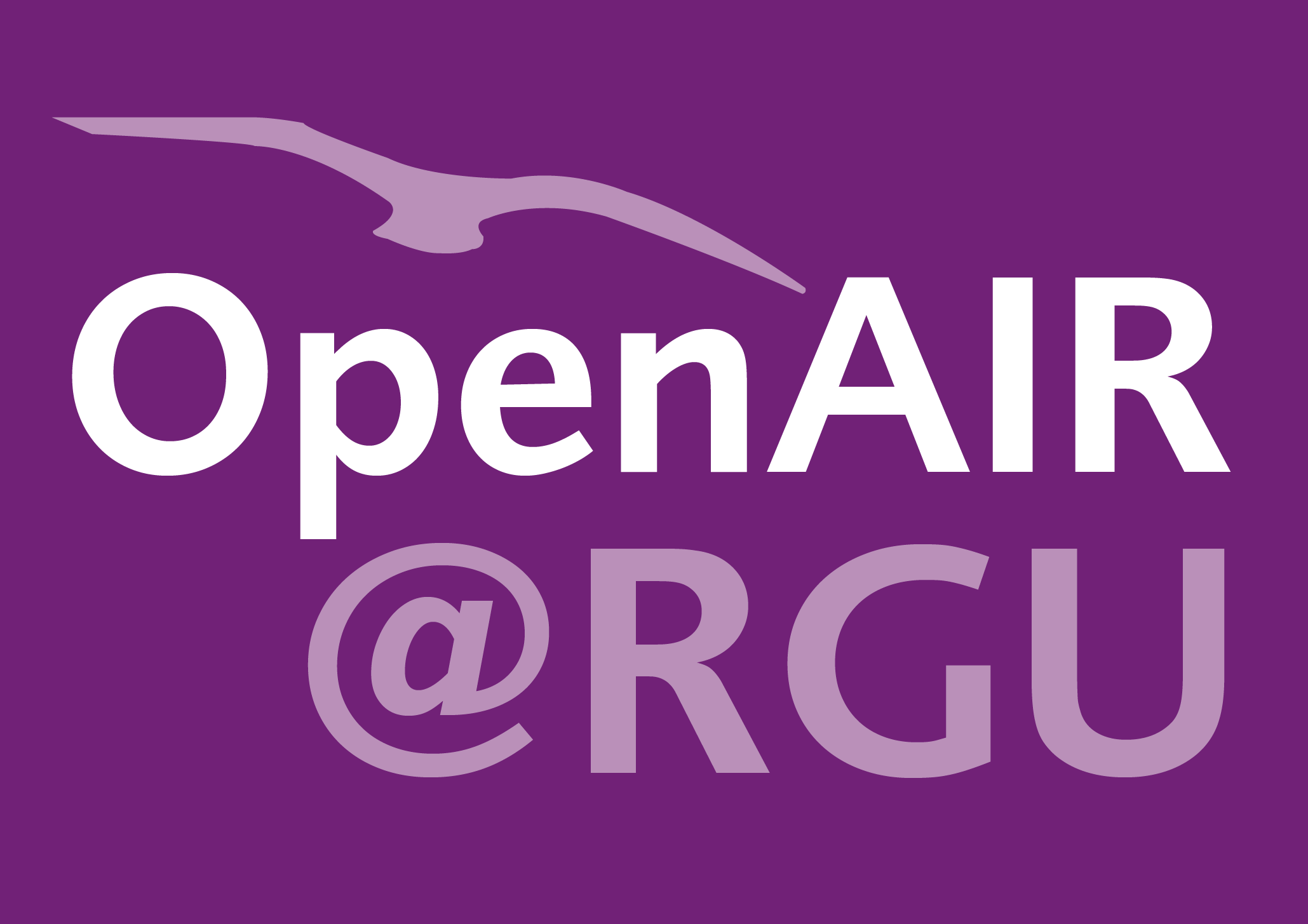Xun Liu
Hyperspectral image classification using a multi-scale CNN architecture with asymmetric convolutions from small to large kernels.
Liu, Xun; Ng, Alex Hay-Man; Lei, Fangyuan; Ren, Jinchang; Liao, Xuejiao; Ge, Linlin
Authors
Alex Hay-Man Ng
Fangyuan Lei
Professor Jinchang Ren j.ren@rgu.ac.uk
Professor of Computing Science
Xuejiao Liao
Linlin Ge
Abstract
Deep learning-based hyperspectral image (HSI) classification methods, such as Transformers and Mambas, have attracted considerable attention. However, several challenges persist, e.g., (1) Transformers suffer from quadratic computational complexity due to the self-attention mechanism; and (2) both the local and global feature extraction capabilities of large kernel convolutional neural networks (LKCNNs) need to be enhanced. To address these limitations, we introduce a multi-scale large kernel asymmetric CNN (MSLKACNN) with the large kernel sizes as large as 1×17 and 17×1 for HSI classification. MSLKACNN comprises a spectral feature extraction module (SFEM) and a multi-scale large kernel asymmetric convolution (MSLKAC). Specifically, the SFEM is first utilized to suppress noise, reduce spectral bands, and capture spectral features. Then, MSLKAC, with a large receptive field, joins two parallel multi-scale asymmetric convolution components to extract both local and global spatial features: (C1) a multi-scale large kernel asymmetric depthwise convolution (MLKADC) is designed to capture short-range, middle-range, and long-range spatial features; and (C2) a multi-scale asymmetric dilated depthwise convolution (MADDC) is proposed to aggregate the spatial features between pixels across diverse distances. Extensive experimental results on four widely used HSI datasets show that the proposed MSLKACNN significantly outperforms ten state-of-the-art methods, with overall accuracy (OA) gains ranging from 4.93% to 17.80% on Indian Pines, 2.09% to 15.86% on Botswana, 0.67% to 13.33% on Houston 2013, and 2.20% to 24.33% on LongKou. These results validate the effectiveness of the proposed MSLKACNN.
Citation
LIU, X., NG, A.H.-M., LEI, F., REN, J., LIAO, X. and GE, L. 2025. Hyperspectral image classification using a multi-scale CNN architecture with asymmetric convolutions from small to large kernels. Remote sensing [online], 17(8), article number 1461. Available from: https://doi.org/10.3390/rs17081461
| Journal Article Type | Article |
|---|---|
| Acceptance Date | Apr 17, 2025 |
| Online Publication Date | Apr 19, 2025 |
| Publication Date | Apr 30, 2025 |
| Deposit Date | May 8, 2025 |
| Publicly Available Date | May 8, 2025 |
| Journal | Remote sensing |
| Electronic ISSN | 2072-4292 |
| Publisher | MDPI |
| Peer Reviewed | Peer Reviewed |
| Volume | 17 |
| Issue | 8 |
| Article Number | 1461 |
| DOI | https://doi.org/10.3390/rs17081461 |
| Keywords | Hyperspectral image (HSI) classification; Convolutional neural network (CNN); Multi-scale convolution; Large kernel convolution; Asymmetric convolution |
| Public URL | https://rgu-repository.worktribe.com/output/2801796 |
Files
LIU 2025 Hyperspectral image classification (VOR)
(6.1 Mb)
PDF
Publisher Licence URL
https://creativecommons.org/licenses/by/4.0/
Copyright Statement
© 2025 by the authors. Licensee MDPI, Basel, Switzerland. This article is an open access article distributed under the terms and conditions of the Creative Commons Attribution (CC BY) license (https://creativecommons.org/licenses/by/4.0/).
You might also like
FusDreamer: label-efficient remote sensing world model for multimodal data classification.
(2025)
Journal Article
MDDNet: multilevel difference-enhanced denoise network for unsupervised change detection in SAR images.
(2025)
Presentation / Conference Contribution
